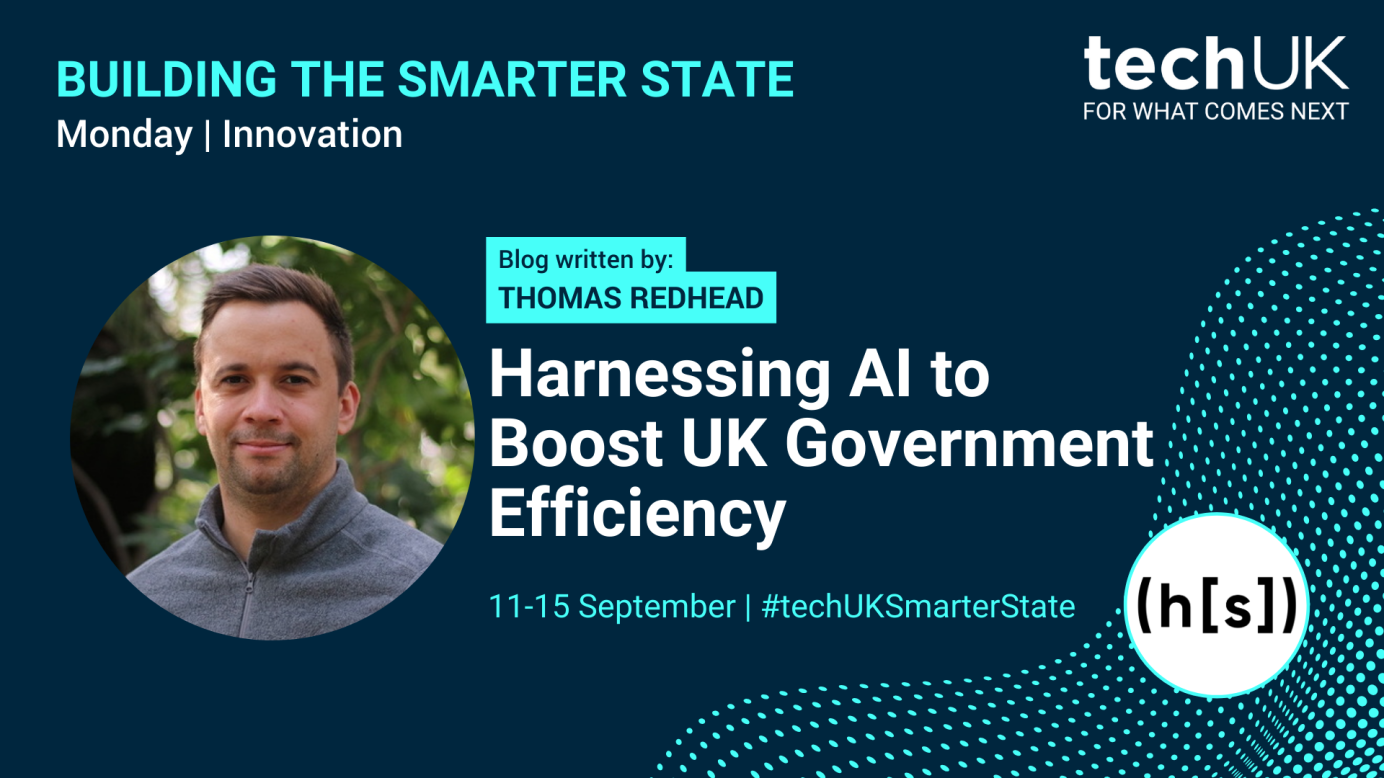Hyperscience: Harnessing AI to Boost UK Government Efficiency #techUKSmarterState
In June 2023, a startling revelation emerged in a briefing paper from the Refugee Council, reporting an overwhelming backlog of 137,583 asylum claims awaiting an initial decision in the UK. The Home Office put the backlog down to a number of reasons including, the complexity of cases, volume of paperwork, and resources available to process applications. With the average processing time for each case escalating to 449 days, it's not just a bureaucratic delay – it's impacting the mental and physical health of the applicants. Besides the human cost, there's a financial burden, with the government bearing over £5.5m daily for housing those awaiting verdicts.
For the government to achieve its set targets and clear this backlog before the end of 2023, a Herculean task awaits the Home Office: settling 10,630 cases monthly until December, breaking down to one case every four minutes. This is just one of the many examples of the huge backlogs faced by the UK government, thwarting digital transformation initiatives.
Artificial intelligence stands as the technological leap that is already propelling global productivity and could bring the change that the public sector desperately needs. Tapping into AI-powered automation could offer unparalleled efficiencies. The potential is not just about streamlining processes but executing them with enhanced precision. Such technological integration promises citizens faster and superior service. Meanwhile, government staff can shift their focus from monotonous tasks to significant decision-making roles, optimising the overall process.
The Limitations of Legacy Solutions
Many UK government divisions employ software like Optical Character Recognition (OCR) and Robotic Process Automation (RPA), the current usage underscores a pivotal gap in technology integration.
OCR, although beneficial in simple use cases, fumbles when presented with more complex scenarios that include handwritten content, poor quality images, or highly variable documents. This hiccup in accuracy isn't a minor inconvenience; it can lead to significant delays, especially when dealing with vast volumes of sensitive data.
Often used by companies as a band-aid that extends the life of legacy systems, RPA solutions have reduced manual work in many organisations. But, as processes change, software robots break—and create costly mess in doing so.
This brings us to a pressing question: Could the amalgamation of AI and ML with existing tools be the game-changer the UK government needs? As the asylum case backlog showcases, a digital transformation is not a luxury; it's an urgent necessity. AI’s potential to transform processes, cut down costs, and, most importantly, enhance human lives, is clear. The UK government's next strides should be towards harnessing this potential to its fullest.
Embracing the Dawn of AI-Driven Automation
Automation powered by artificial intelligence presents an unparalleled opportunity for the government to step into a more modern and efficient future. How? By using AI to accelerate human decisions, using platforms that employ Human-in-the-loop interfaces, and presenting information to aid in faster decisions, not make them. Platforms like Hyperscience, with their distinct advantages in precision, adaptability, scalability, and human-AI collaboration, offer a compelling case for departments looking to economise time, cut costs, minimise errors, and enhance decision-making processes.
The benefits of integrating AI-driven automation in the public sector are multifaceted:
- Fast-track digital transformation initiatives
- Boost overall productivity and operational efficiency
- Reduce errors, supporting regulatory compliance
- Enhance both client and employee satisfaction levels
- Redirect staff energies to critical analytical tasks and decision-making
- Facilitate economical, centralised document management
Hyperscience's AI-enabled platform stands out with its adeptness at extracting data from intricate and highly-variable documents. It achieves industry-leading precision, thus reducing reliance on manual data verification. While traditional systems might prioritise speed, often overlooking ensuing inaccuracies, Hyperscience underscores the value of getting it right the first time. This approach results in quicker document processing and minimal data corrections.
Furthermore, Hyperscience champions a synergy between human intelligence and machine efficiency. Its machine-learning models continually refine their performance based on human feedback. This symbiosis ensures that while machines take on complex tasks, humans can pivot their focus to strategy and roles that need a human touch.
Hyperscience's flexible design can effortlessly adapt to the unique needs of governmental agencies, offering tailored applications, secure deployment alternatives, easy integration with existing systems, and provisions for future growth – all while ensuring cost-effectiveness.
Globally reputed organisations, including Mars, The U.S. Department of Veterans Affairs, Guardian Life, The International Rescue Committee, and HM Revenue and Customs, count on Hyperscience for its unparalleled efficiency and accuracy.
Keen to learn more? Watch this short on-demand demo of the Hyperscience Platform in action.

Thomas Redhead is the Account Executive for the UK Public Sector at Hyperscience. Get in touch via LinkedIn or email at [email protected].
From 11 – 15 September techUK is running our annual Building the Smarter State Week in the run-up to the ninth edition of our flagship public services conference, Building the Smarter State, on Wednesday 27 September. Book your tickets here.

